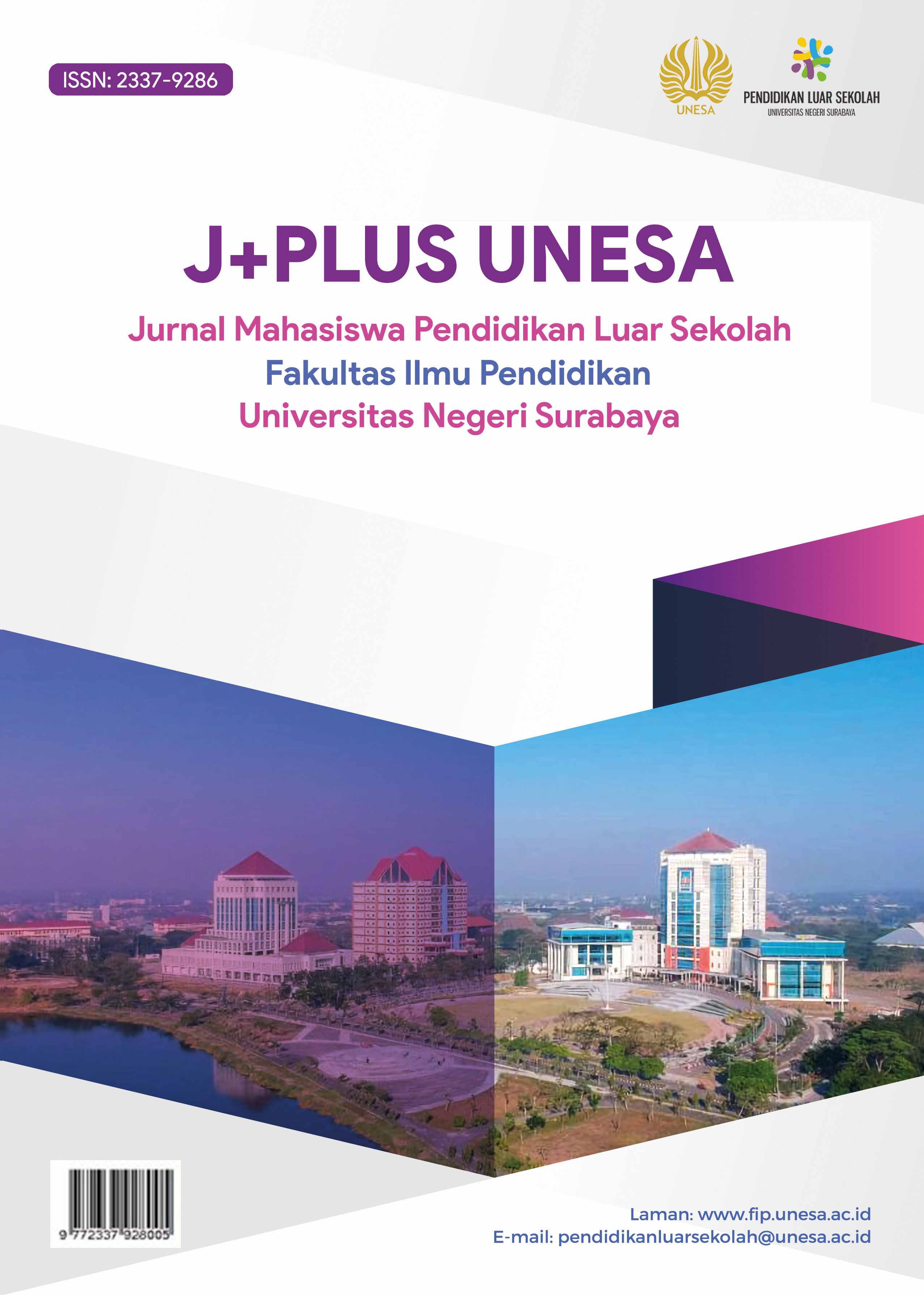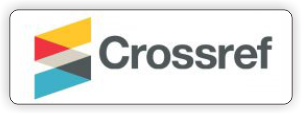Pelaksanaan Metode Pembelajaran di Bias Education Pare Terhadap Motivasi Belajar Tes Potensi Akademik (TPA) Siswa Gap Year
Abstract
The purpose of this research is to describe and examine the institution's marketing strategy, describe and examine the institution's efforts to reach new students, describe and examine the supporting and inhibiting factors of the institution's marketing strategy in an effort to reach new students at PKBM Kak Seto Surabaya. This research uses a qualitative approach with a descriptive type. Data collection techniques used are in-depth interviews, participant observation and documentation. The data analysis technique used is data condensation, data display, verification and conclusion. Data validity techniques used are credibility, dependability, confirmability, and transferability. The research results show that there are 2 stages of the institutional marketing strategy at PKBM Kak Seto Surabaya, namely planning and implementation. The planning stage includes Market Segmentation Market Identification, Product Differentiation, Marketing Communications, Institutional Services. The implementation phase is the implementation of marketing mix elements namely product strategy, price strategy, location strategy, promotion strategy, human resource strategy, physical evidence strategy, and process or service strategy. The institution's efforts to reach new students are to improve quality, expand promotion and provide services. The supporting factors are Kak Seto's big name, flexible learning, various program choices, comfortable atmosphere, good quality, attractive promotions, and supportive infrastructure. The inhibiting factors are discrimination in equality school graduates, and the community is not familiar with non-formal education.
Downloads
Downloads
Published
How to Cite
Issue
Section
 Abstract views: 75
,
Abstract views: 75
, PDF Downloads: 74
PDF Downloads: 74








